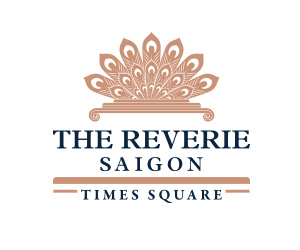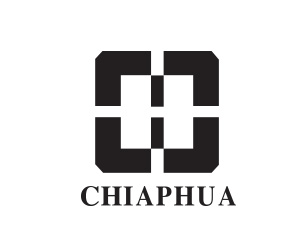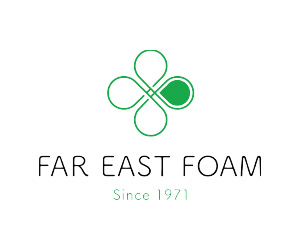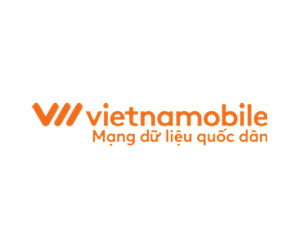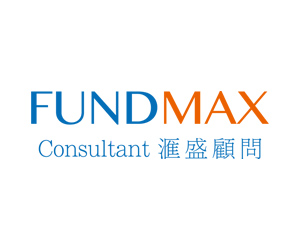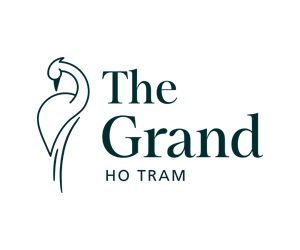Want to be in the loop?
subscribe to
our notification
Business News
PROMOTING IMPLEMENTATION OF CIRCULAR ECONOMY MODELS IN VIETNAM
The circular economy will open up business opportunities worth US$ 4.5 trillion by 2030, creating hundreds of millions of new jobs, helping businesses reduce the risks of material scarcity and fluctuation of resource prices, and contribute to realizing the Agenda 2030 on sustainable development.
That is comment of Mr. Nguyen Quang Vinh, Secretary General of VCCI, Vice Chairman of the Vietnam Business Council for Sustainable Development (VBCSD).
Risk of "white pollution" disaster
According to the Ministry of Natural Resources and Environment, 2 big cities alone (Hanoi and Ho Chi Minh City) dispose into the environment about 80 tons of plastic and plastic bags/day. Notably, the amount of plastic waste and plastic bags nationwide accounted for about 8-12% of domestic solid waste.
If an average of 10% of plastic waste and plastic bags is not reused but completely disposed, the amount of plastic and plastic waste is approximately 2.5 million tons/year. This is a burden for the environment, even leading to “white pollution” disaster.
In addition, the statistics of the Ministry of Natural Resources and Environment also show that the amount of domestic solid waste generated is around 68,000 tons/day, the current collection rate increases both in urban areas (85%) and rural areas (40-55%). The amount of common industrial solid waste generated is about 8.1 million tons/year, excluding ash, slag, plaster generated from thermal, chemical and fertilizer plants (estimated at 17 million tons/year) and soil and rock waste from the mining industry.
The report also states that in most cities/provinces, industrial solid waste has been collected and recycled. However, these activities are spontaneous and small-scale. Manufacturing technology of production households is often backward, potentially causing environmental pollution.
Mr. Andrew Thomas Mangan, Executive Director of U.S. Business Council for Sustainable Development (US BCSD), said that in 2015, Vietnam generated about 27 million tons of waste. This number still increases every year. Currently, 70% of waste disposal sites in Vietnam are not classified as sanitary landfills.
On the other hand, to turn waste into valuable materials, enterprises face difficulties in controlling, building databases and distributing for secondary materials. Investors find it hard to access raw materials, as well as to assess and control information about raw materials in Vietnam.
Ms. Regula Schegg, Managing Director of Asia Circulate Capital, said about 150 million tons of plastic are floating in the ocean and each year the amount of plastic waste increases by about 8 million tons. According to the Asian Development Bank (ADB), Asia needs about 26 trillion US$to improve the entire infrastructure from 2016 to 2030. However, we can reduce 45% of plastic through improving management and recycling of waste in China, Indonesia, Vietnam and Thailand.
Implementing action
According to Mr. Nguyen Quang Vinh, in the last 3 years, the number of enterprises in the world paying attention to the initiative, the business model of the circular economy has greatly increased. However, in Vietnam, the circular economy is still a new concept for businesses, especially small and medium enterprises. This not only puts businesses at risk from raw material scarcity and resource price fluctuations, but also affects the green and sustainable growth strategy of the country.
Mr. Andrew Thomas Mangan highly appreciated and expected VBCSD/VCCI in the implementation of the Secondary Material Market Project - where manufacturers can buy, sell and exchange equipment and materials in accordance with their demands. Thereby, it helps to make the most of material sources that are still valuable to use, minimize negative environmental impacts and promote Vietnam's economic growth in a more sustainable way.
Recently, the working group on Vietnam's circular economy under the Program of promoting the circular economy model in Vietnam has been launched. The group includes representatives of Central Institute for Economic Management, Ministry of Natural Resources and Environment, Ministry of Agriculture and Rural Development, AES-VCM Mong Duong, Prudential Vietnam Assurance Private Ltd, and C.P. Vietnam Livestock Corporation.
“This is an open group, consisting of experts, business associations and enterprises working closely together, to make policy recommendations, to promote the development of the circular economy towards not only the growth of the economy and society, but also environmental protection,” Mr. Vinh said.
Source: VCCI
Related News
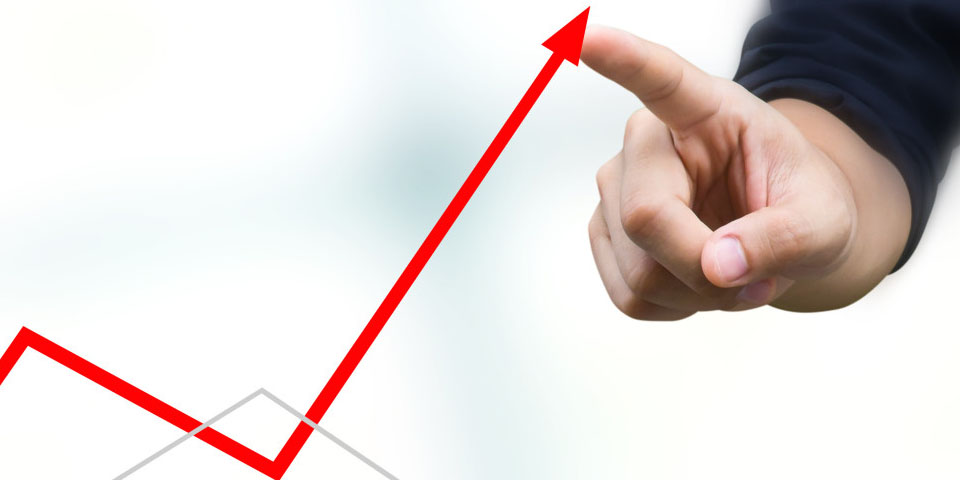
VIETNAM’S GDP TO GROW 5.5% THIS YEAR – WB
This forecast is based on the assumption of a moderate recovery in manufacturing exports in 2024, fueled by rebound growth of 8.5% year-on-year in the fourth quarter of 2023 and 17.2% year-on-year in the first quarter of 2024, reflecting strengthening global demand, said Dorsati Madani, senior country economist at the WB in Vietnam.
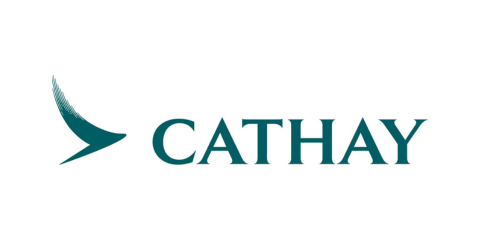
FARE REFUND FOR VISA REJECTION
Cathay Pacific will offer full refunds for cases of visa rejection to provide you with the confidence to explore the world with ease. If you are planning to fly to a destination that requires an entry visa, you can now book with greater peace of mind.
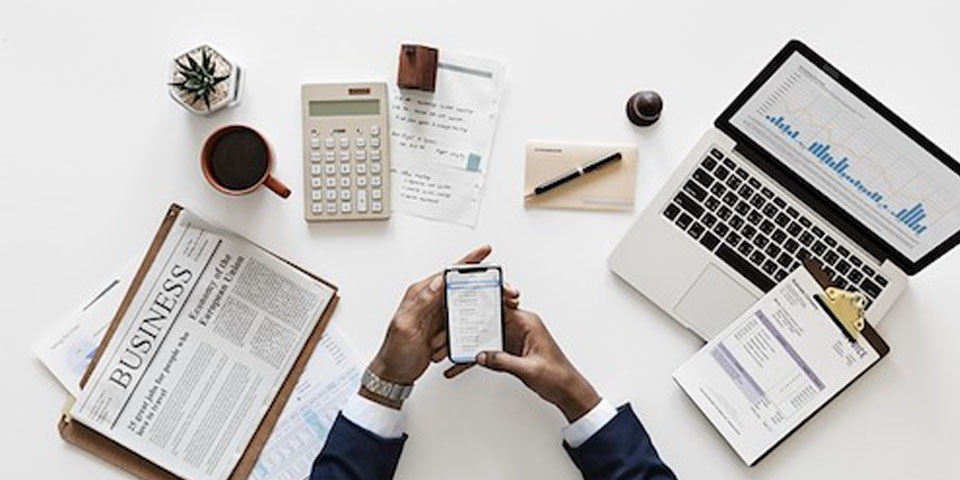
FOUR COMMODITIES POST Q1 EXPORT VALUE OF OVER 5 BILLION USD
The total export turnover of agricultural, forestry, and fisheries products in the first three months of 2024 is estimated to reach 13.53 billion USD, an increase of 21.8% compared to the same period of 2023.
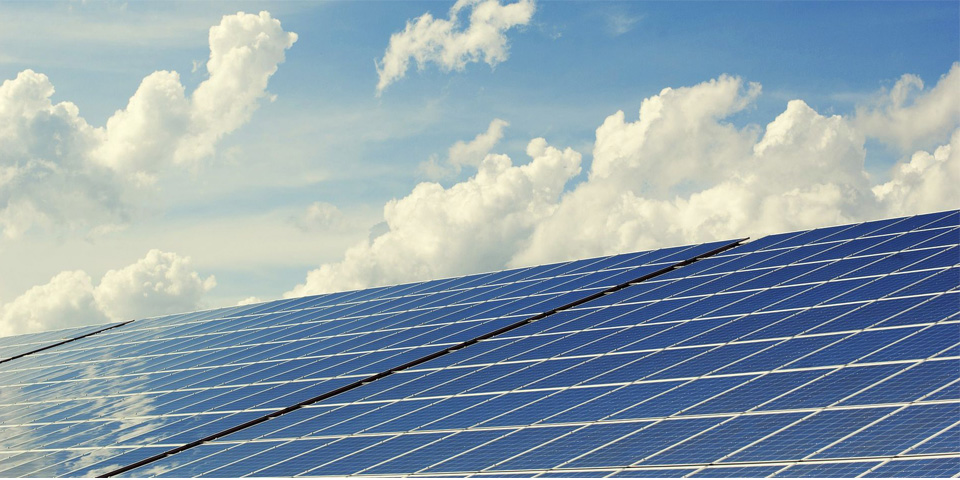
MOIT PROPOSES SCHEME TO BOOST RENEWABLE ENERGY PROCUREMENT
The proposed Direct Power Purchase Agreement (DDPA) mechanism, outlined in the draft decree, targets organisations and individuals consuming electricity from the 22kV power grid or higher, with a monthly consumption averaging 500,000kWh. However, residential households are excluded from direct procurement.
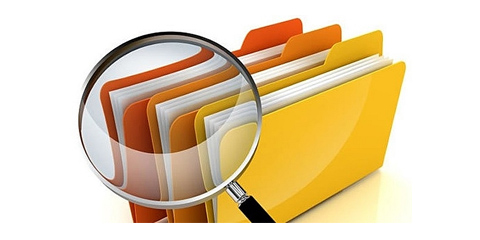
REAL ESTATE BONDS PLACE PRESSURE ON ISSUING FIRMS
The ministry’s recent report underscores concerns within Vietnam’s corporate bond market for 2023 and 2024. It emphasizes the critical need to address hindrances to the real estate sector in line with the objectives provided in Government Resolution No. 33/NQ-CP, which aims to stabilize the industry.
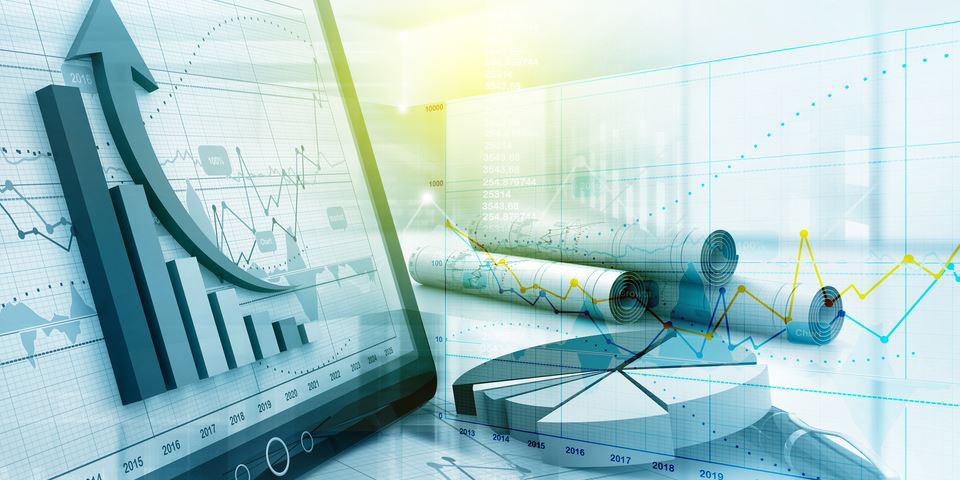
DA NANG CUSTOMS FOCUSES ON DEVELOPING CUSTOMS-BUSINESS PARTNERSHIPS
Da Nang Customs Department issued an action plan for developing customs-business partnership in 2024. One of the new events this year is the workshop on “Settlement reports for enterprises engaged in outsourcing, export production and export processing” held in Da Nang Customs Department on April 16, 2024.



